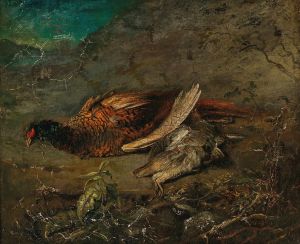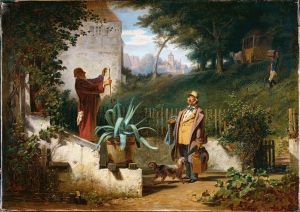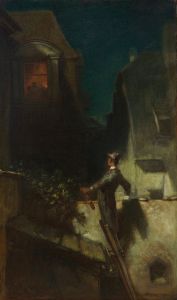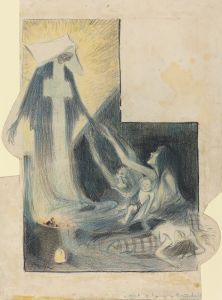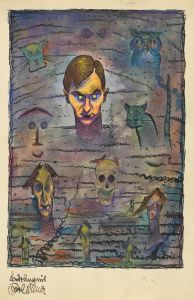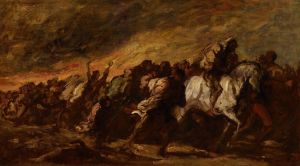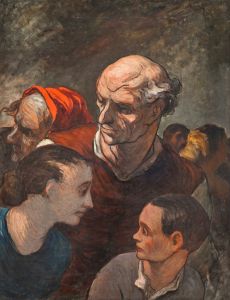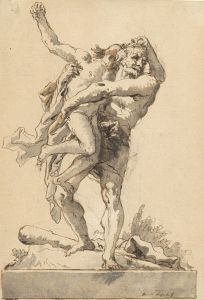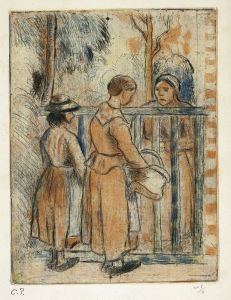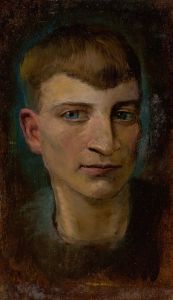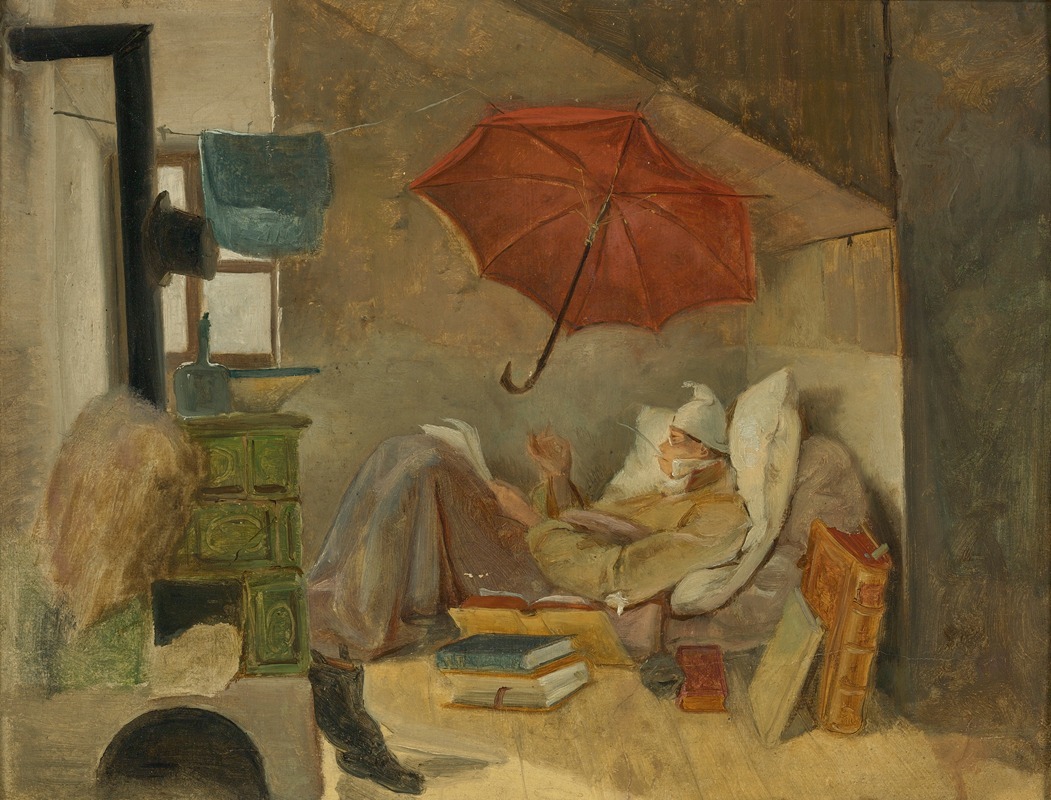
Der Arme Poet
A hand-painted replica of Carl Spitzweg’s masterpiece Der Arme Poet, meticulously crafted by professional artists to capture the true essence of the original. Each piece is created with museum-quality canvas and rare mineral pigments, carefully painted by experienced artists with delicate brushstrokes and rich, layered colors to perfectly recreate the texture of the original artwork. Unlike machine-printed reproductions, this hand-painted version brings the painting to life, infused with the artist’s emotions and skill in every stroke. Whether for personal collection or home decoration, it instantly elevates the artistic atmosphere of any space.
Der Arme Poet (The Poor Poet) is a famous oil painting created in 1839 by the German artist Carl Spitzweg. It is one of Spitzweg's most iconic works and is widely regarded as a masterpiece of Biedermeier art, a style that flourished in Central Europe during the early to mid-19th century. The painting is currently housed in the Neue Pinakothek in Munich, Germany.
The artwork depicts a humble and somewhat humorous scene of a poor poet living in a modest, cluttered attic. The central figure, the poet, is shown lying on a makeshift bed made of straw, surrounded by sparse furnishings and personal belongings. He is engrossed in his writing, holding a quill pen and paper, seemingly oblivious to his impoverished surroundings. The room is dimly lit, with light entering through a small window, adding a sense of intimacy to the scene.
One of the most notable features of the painting is the umbrella hanging above the poet's bed, which serves as a makeshift shield against the rain leaking through the roof. This detail, along with the poet's tattered clothing and the overall disarray of the room, underscores the theme of poverty. Despite these hardships, the poet appears content and focused on his craft, embodying the romantic ideal of the struggling artist who prioritizes creativity and intellectual pursuits over material wealth.
Spitzweg's attention to detail and his ability to capture the nuances of everyday life are evident in this work. The painting is characterized by its warm color palette and meticulous rendering of textures, from the folds of the poet's blanket to the worn surfaces of the furniture. These elements contribute to the painting's charm and its enduring appeal.
"Der Arme Poet" reflects Spitzweg's interest in portraying the lives of ordinary people with a touch of humor and irony. The painting is often interpreted as a commentary on the romanticized notion of the artist's life, highlighting the contrast between the idealized image of the poet and the harsh realities of poverty. However, Spitzweg's approach is not overtly critical; instead, it conveys a sense of affection and empathy for his subject.
The painting has become an enduring symbol of the romantic artist and is frequently referenced in discussions of 19th-century German art. Its popularity has also led to its reproduction in various forms, making it one of the most recognizable works of the Biedermeier period.





